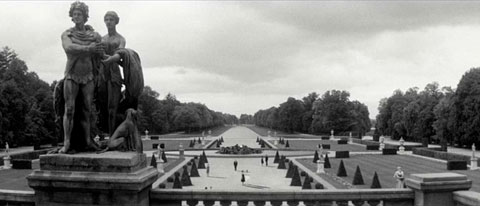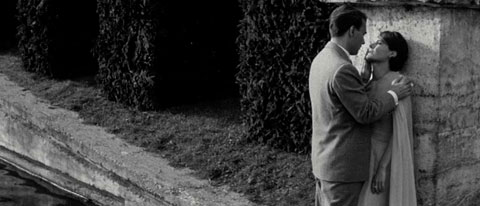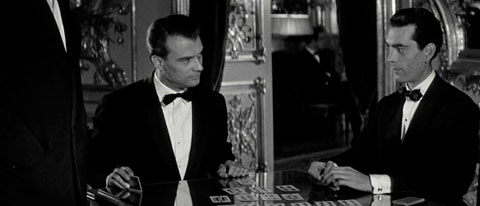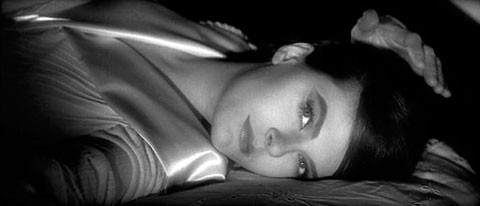The Duke Spirit
Thursday Night, The Bijou Theatre, Knoxville, 9:40 – 10: 30 p.m.
If I die having never seen PJ Harvey live, I will at least be able to tell my grandchildren that I saw Liela Moss and The Duke Spirit play their first ever show in Knoxville. Michael Smith has been keeping me up-to-date on all things Spirit-related for the last two years, and after experiencing Liela first-hand, up close and personal, I owe him one. She is such a rock star. In a town like Knoxville, where crowds for this kind of show typically number in the low hundreds, her energy and joy were a real treat. She never stopped playing to the last row of the balcony, even though when the spotlights dimmed, I’m sure she could see that the balcony was empty. From what I could tell, there were maybe only four or five other people there on Thursday night who had heard of The Duke Spirit, but by intermission there was a long line at their merch table and every conversation around me was about the band.
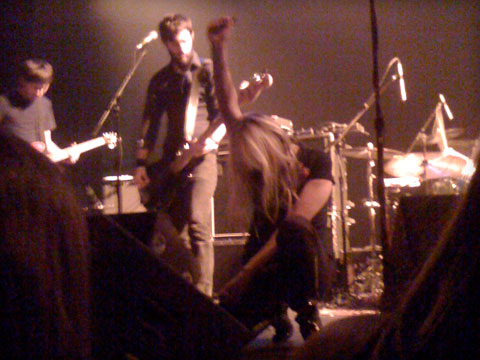
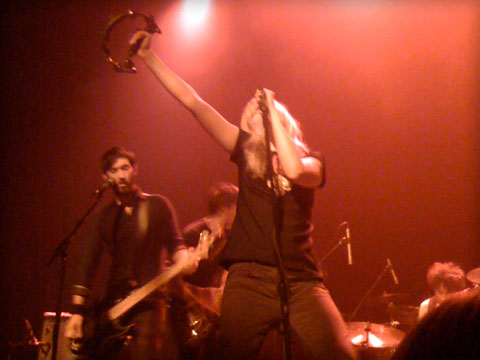
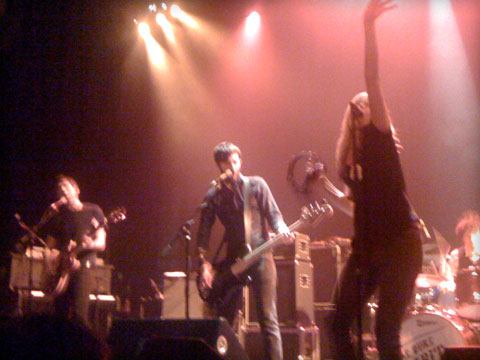
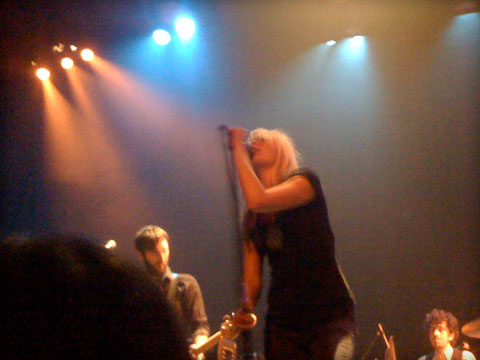
Black Rebel Motorcycle Club
Thursday Night, The Bijou Theatre, Knoxville, 10:50 p.m. – 12:00 a.m.
The most pleasant surprise of my concert-going year in 2007 was seeing Morrissey. It had been a while since I’d last experienced a rock star extravaganza, complete with wardrobe changes and a light show. (I’m now convinced he’s the Tom Jones of Generation X.) But even Morrissey, at his posing, most calculated best, isn’t as committed to an aesthetic as are the guys in BRMC. Dressed in black and silhouetted by uplighting and a barrage of strobes, they pounded their way through about 70 minutes of music before I left. It was great fun to see a hard working power trio again — bassist Robert Levon Been and guitarist Peter Hayes are both impressive — but especially after The Duke Spirit, BRMC’s act felt too much like a pose. Live music should be fun, right?
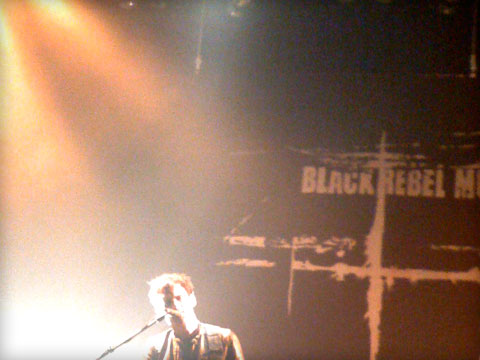
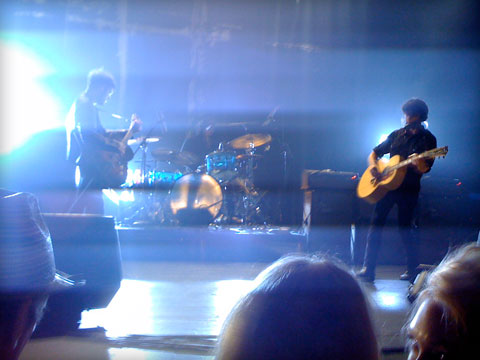
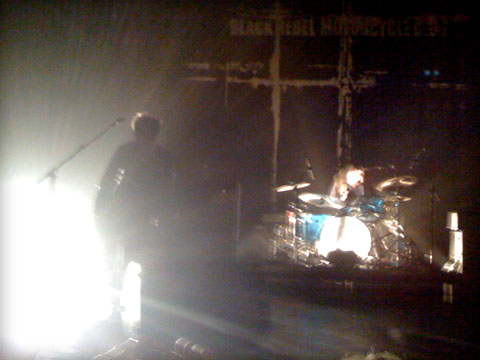
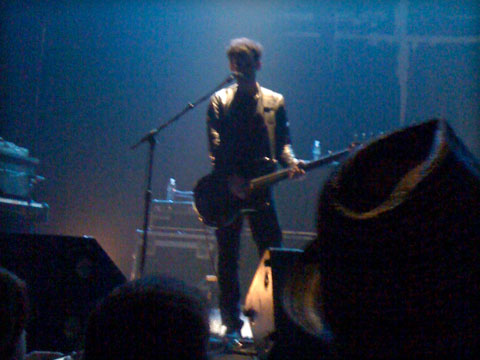
Sonic Youth
Friday Night, City Hall, Nashville, 10:20 p.m. – 12:00 a.m.
In a week or two I’m going to turn 36, and I felt it on Thursday night. The BRMC demographic, apparently, skews a bit younger. Which is one of the many reasons it was so much fun to see Sonic Youth just 24 hours later. Among the thousand or so people who packed the room at City Hall in Nashville was a healthy assortment of folks like me who bought Daydream Nation back when it was released, twenty years ago. I’d hoped we might get a surprise encore of their 2007 tour, when they played Daydream front-to-back, but, instead, we got three songs from it — “Hey Joni,” “Candle,” and “‘Cross the Breeze” — several from Rather Ripped (I still really love “Reena”), and an assortment of older material. I’m not complaining. I’m sure that if I had the opportunity to see Sonic Youth live every night for the rest of my life, I’d eventually skip a show or two, but not for some time. Being packed into a sweaty crowd, bouncing to that Sonic Youth noise, is a special kind of euphoria. Kim, Lee, and Thurston are all in their 50s now, so I figure I’ve got another decade or two in me.
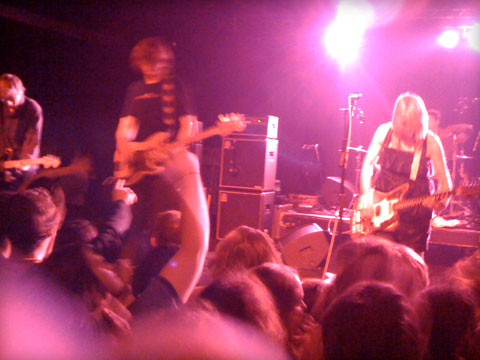
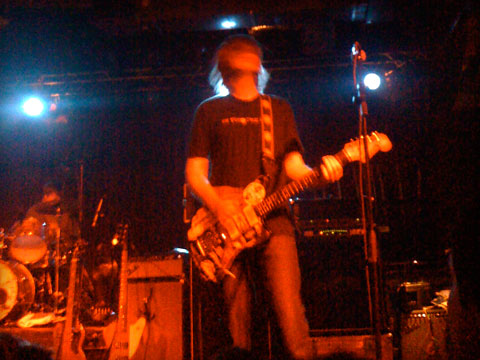


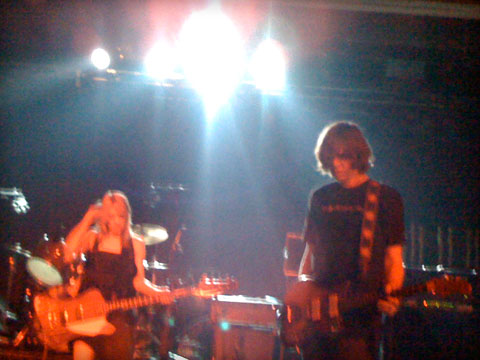

Last Year at Marienbad
Saturday Afternoon, The Belcourt Theatre, Nashville, 12:00 p.m. – 1:40 p.m.
One of my secret ambitions is to establish in Knoxville a theater like Nashville’s Belcourt. The last remaining independent theater in the city, The Belcourt is now run as a non-profit and offers a variety of film programming, live music, and drama. Notably, it is often the only theater in the southeast where audiences can see the newly-struck prints that play NYC, Toronto, Chicago, LA, and San Francisco. It’s where I saw Satantango a year-and-a-half ago and where, yesterday, I saw the same 35mm print of Resnais’ Last Year at Marienbad that played at the Castro in March. I’d seen Marienbad only one other time — seven or eight years ago when I was just beginning to discover European cinema. I remember thinking at the time, “Hmmmm, I wonder if it’s possible for a film’s drama to be located in the camera rather than in the performances?” It was that kind of breakthrough film for me. And I’m happy to say I’m no nearer to understanding it today.
